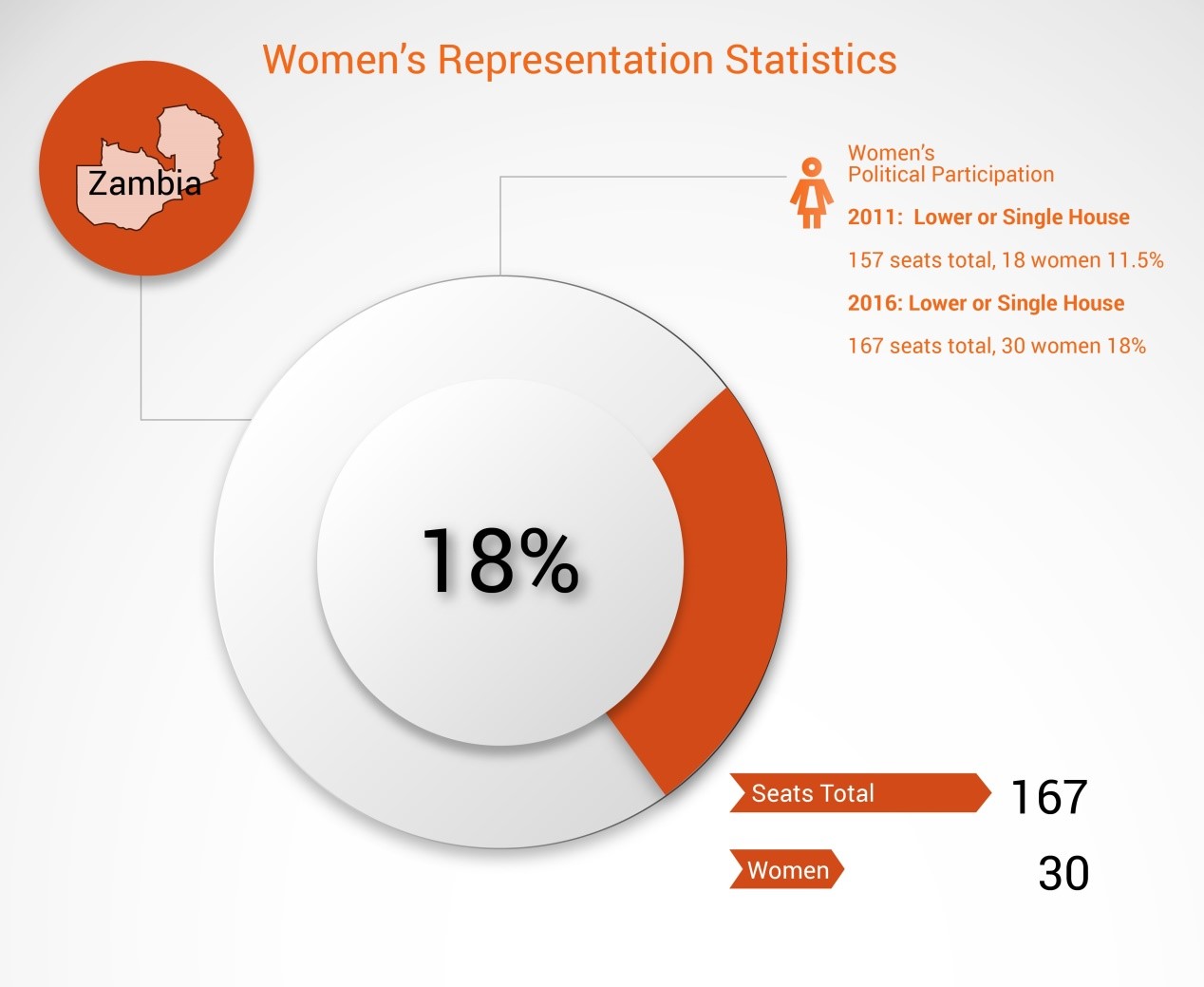2016 Elections Monitoring
General elections were held in Zambia on 11 August 2016 to elect the President and National Assembly.
The Zambian electoral system is a multi-party democracy and presidential system. Despite the fact that previously the President had been elected in a single round of voting by the first-past-the-post system, in 2015 the National Assembly approved the change in the Constitution to change to a two-round system. The National Assembly has 159 members, 150 are elected from single member constituencies in first-past-the-post elections by direct universal adult franchise for a five year term. Further 8 members are appointed by the President and a Speaker elected from outside the National Assembly. The President is elected through secret ballot, by direct universal adult suffrage and by an absolute majority.
President Edgar Lungu was re-elected to a full five-year term defeating opposition leader Hakainde Hichilema. Lungu’s Patriotic Front also won a majority in the National Assembly, winning 80 of the 156 elected seats. In this election, there have been pitifully few female candidates, even fewer than in 2011’s election. After the 2016 elections, in Zambia only 18% of parliamentarians are women. This is despite calls for political parties to include more women, and commitments to the Southern African Development Community (SADC) goal of women to hold 50% of decision-making positions.
Women’s Political Participation
As it was already mentioned, women’s political representation statistics in Zambia can be considered as low. This could be explained as the obstacles to women’s participation in the political sphere are many and are both at the level of the women themselves, at the level of the political parties they try to be a part of and the society they try to gain acceptance and a vote from. Firstly, at the individual level, issues such as women’s low levels of education and lack of financial resources impact on their ability to actively participate in the public sphere. Then, concerning the political level, the absence of quota systems means the political parties are not obliged to have women candidates. Lastly, at the societal level, stereotypes impact negatively on the capacity of women to gain acceptance whereas violence against women before and during the elections has tended to create a fear among the women to even stand as potential candidates.
Zambian law generally entitles women to equality with men. Nevertheless, the government does not adequately enforce the law, and women experience discrimination in employment, equal pay, education, inheritance, and ownership of land and other property. In 2013, the government ratified the Southern African Development Community Protocol on Gender and Development, which has 28 substantive targets for achieving gender equality by 2015. Local customary law generally discriminates against women. Despite constitutional and legal protections, customary law keeps on subordinating women. The law criminalises rape, and courts have discretion to sentence convicted rapists to life imprisonment at hard labor. Rape is nonetheless widespread. The law does not prohibit spousal rape, and penal code provisions that criminalise rape not extend to victims of spousal rape. Nevertheless, the law criminalises domestic violence between spouses and among family members living in one home.
Conclusion
The status of women in Zambia remains low mainly due to cultural beliefs and practices as well as the patriarchal structure of the society. Most women continue to hold second place to men in significant aspects of political, social and economic life and continue to face discrimination. There is a need for the country to introduce gender quotas regarding women’s political representation and take measures against stereotypes and discrimination.

